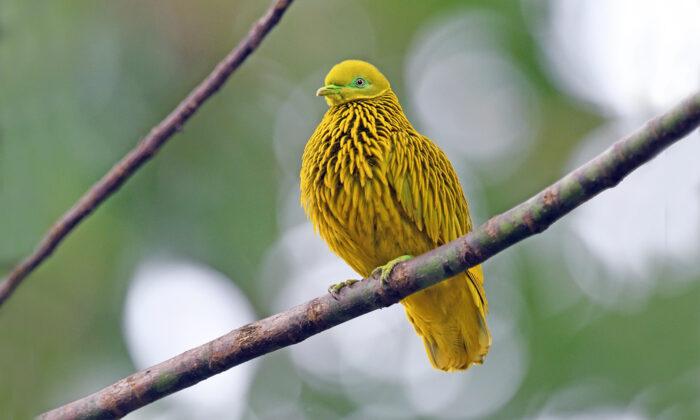For the men and women of the 16th Regiment Emergency Support Force of the Australian Army, feeding and giving medicine to wildlife isn’t part of their normal job description. The 2019–2020 bushfires have devastated much of the koala habitat in the South and East of the country, and the endangered koalas need all the help they can get.
Pictures of the soldiers in uniform feeding recovering koalas and building new climbing structures for the animals won the hearts of many Australians and people around the world concerned about the fate of one of the bushfires’ biggest victims.
With tens of thousands of likes and shares, it was clear that people all over the world appreciated seeing the soldiers caring for the dehydrated koalas and building new habitat to replace what was lost in the fires.
The bushfire crisis has stretched on for months, and the Australian Defence Force called up all its reserves to help fight the fire, clear the burnt-out areas, and assure safe passage for people trapped by the blaze. Captain Garnet Hall from the Australian Army’s 13th Brigade, a veterinarian in civilian life, was recognized for providing aid to injured koalas, other wildlife, and farm animals on Kangaroo Island.
The island, off the southern coast of mainland Australia, was an important disease-free refuge for koalas until it was burned by devastating fires in January 2020. Per the BBC, it is believed that about half of the 50,000 koalas on the island have perished in the blaze.
Captain Hall explained to Bored Panda, “When threatened, their instincts are to climb trees. However, when faced with a fire, this response leads to tragedy.”

“The koalas cannot outrun those flames and, as a result, most that were in the fire-affected areas have died,” Hall adds. “Some have survived, but they have horrible burns on their hands, feet, and faces.”
Working at the Kangaroo Island Wildlife Park, Capt. Hall has drawn on the resources of his unit to help treat as many animals as possible in these extraordinary circumstances.

Part of the appeal for the soldiers in this new role is getting to do something outside of their usual duties. “It’s completely different to their [civilian] day jobs,” he adds. “It’s actually completely different even to their Army jobs, so it’s like a third dimension to their profession.”




